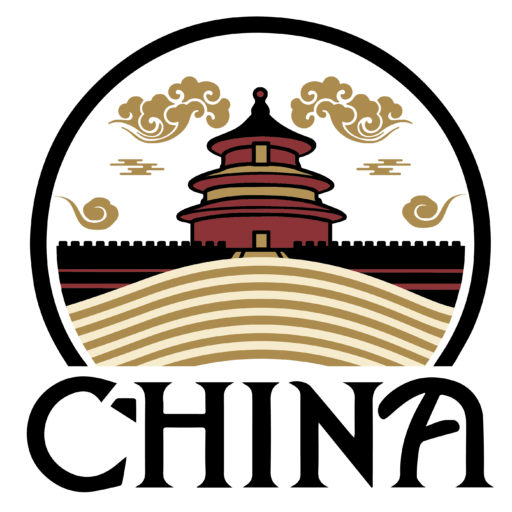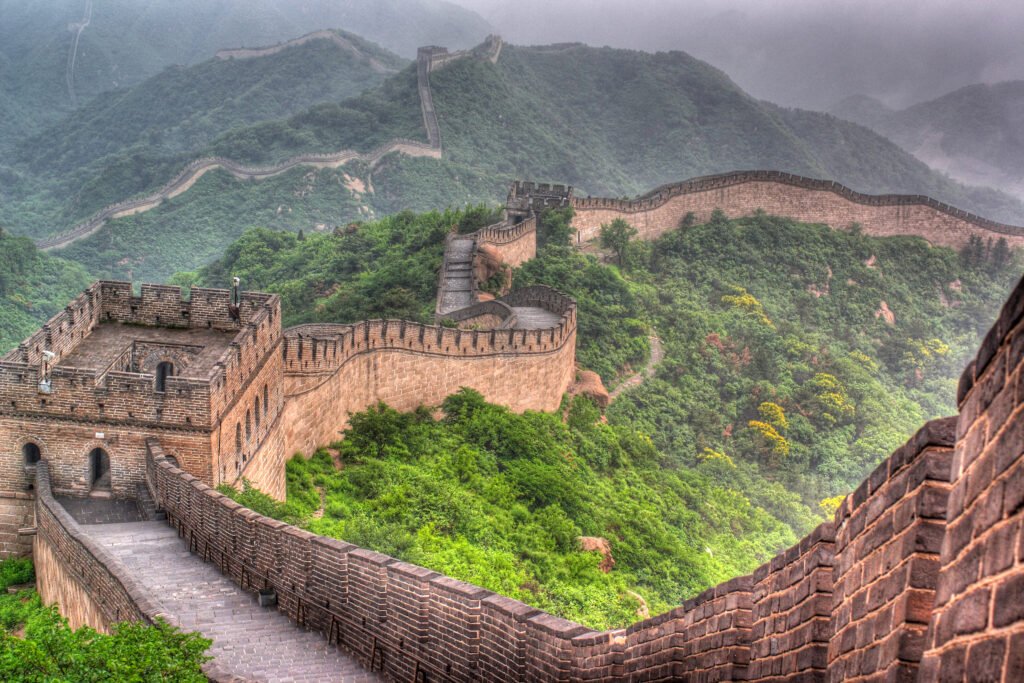Navigating through China can be a remarkable experience, thanks to its extensive and efficient public transportation network. From buses and metros to high-speed trains, understanding how to use these systems will enhance your travel experience. This guide provides a comprehensive overview of public transportation in China, offering practical tips, cost information, and insights for navigating major cities.
Overview of Transportation Options

China has a great variety of public transport options, with something to suit all kinds of travel needs and preferences. The main ways to get around China are by bus, metro or train. They’re all designed to make travelling across this huge country easy and affordable.
Buses
Buses are a fundamental part of public transportation in China, providing extensive coverage in both urban and rural areas. They’re a cost-effective option for shorter journeys and are popular with both locals and tourists.
Metros
Metros or subways are the fastest and most efficient way to travel within major cities like Beijing, Shanghai, Guangzhou, and Shenzhen. With extensive networks, metros help you avoid traffic congestion and cover large distances quickly.

Trains
China’s train system is one of the most advanced in the world, with high-speed trains (HSR) connecting major cities and regions. The trains are on time, comfortable and fast, ideal for long-distance travel.
Guide to Using Buses, Metros, and Trains
Buses
- Routes and stops: Bus routes are usually in Chinese, so a translation app can help. Major stops are announced in Chinese and English.
- Payment: Most buses accept cash and transportation cards. In some cities, mobile payment options like Alipay and WeChat Pay are also available.
- Tips: Always have small change ready for bus fares, as drivers may not provide change. Buses can get crowded during peak hours, so plan your trips accordingly.
Metros
- Navigating the Metro: Metro systems in major cities have clear signage in both Chinese and English. Maps are available at stations and online.
- Ticketing: Tickets can be purchased at vending machines or ticket counters. Using a transportation card can save time and often comes with discounts.
- Safety and Etiquette: Keep your belongings secure and be mindful of local customs, such as giving up seats for the elderly, pregnant women, and those with disabilities.
Trains
- High-Speed Trains (HSR): China’s high-speed rail network is extensive and connects most major cities. Tickets can be booked online, at train stations, or through travel agencies.
- Regular Trains: For shorter distances or budget travel, regular trains are a good option. They are slower but less expensive.
- Booking and Boarding: It’s advisable to book tickets in advance, especially during holidays. Arrive at the station early to go through security checks and find your platform.
Tips for Navigating Major Cities
Beijing

- Subway System: Beijing’s subway system is one of the largest in the world. Key lines include Line 1 (east-west) and Line 2 (loop line).
- Buses: Buses complement the subway system, reaching areas not covered by metro lines.
- Bicycles and E-Scooters: Shared bicycles and e-scooters are popular for short trips.
Shanghai
- Metro: Shanghai’s metro is efficient and well-connected. Line 2 is crucial as it connects the airport with key areas.
- Maglev Train: For a quick trip from Pudong Airport to the city center, the Maglev train is an exciting and fast option.
- Ferries: Shanghai’s ferry system offers a scenic way to travel across the Huangpu River.
-1024x683.jpg)
Guangzhou
- Metro: Guangzhou’s metro network is extensive, with Line 3 being one of the busiest.
- Buses: The bus system is reliable and covers areas not accessible by metro.
- Water Buses: These offer a unique way to navigate the city, particularly for tourists.
Shenzhen
- Metro: Shenzhen’s metro is expanding rapidly, making it easy to travel across the city.
- Buses: Buses are plentiful and an excellent option for reaching destinations not served by the metro.
- Shared Bikes: Bike-sharing programs are widespread and provide a convenient mode of transport for short distances.
Cost and Ticketing Information💰
Buses
- Fares: Bus fares are generally low, ranging from 1 to 3 RMB depending on the city and distance.
- Payment: Cash, transportation cards, and mobile payments are commonly accepted.
Metros
- Fares: Metro fares depend on the distance traveled, typically ranging from 2 to 9 RMB.
- Transportation Cards: Cards like the Beijing Transportation Smart Card and Shanghai Public Transportation Card offer convenience and discounts.
Trains
- High-Speed Trains: Tickets range from 50 to 1,500 RMB depending on the distance and class of service (second, first, or business class).
- Regular Trains: These are cheaper, with prices varying based on the class of service (hard seat, soft seat, hard sleeper, soft sleeper).
Many travelers have shared their positive experiences using China’s public transportation. For instance, a traveler visiting Beijing found the metro system incredibly efficient for sightseeing, while another traveler praised the convenience of high-speed trains for traveling between Shanghai and Hangzhou. These personal stories highlight the reliability and ease of using public transport in China.
Conclusion
Public transportation in China is both extensive and efficient, making it easy for travelers to navigate the country. By understanding how to use buses, metros, and trains, and knowing the costs and ticketing options, you can travel confidently and conveniently. Whether you’re exploring major cities or traveling across the country, China’s public transportation system will help you reach your destinations smoothly.

Discover Your Next Great Adventure!
Book your adventure with confidence and explore with peace of mind.

-scaled.jpg)






